Valentine’s Day won’t be the most romantic day of this month this year. Indeed, it will be the 6th of February, a Saturday. We can’t go to coffeeshops, restaurants, let alone concerts with our beloved one yet, but this all-day free music marathon is designed to play at home. Between 10 am and 10 pm, pre-recorded concerts will be broadcasted, all revolving around the two Romantic giants, Liszt and Berlioz. Otherwise this is a quite heterogeneous programme: there is a matinee concert for children with a bassoonist, there are two- and four-handed piano pieces, orchestral pieces, viola, a male choir, and even a jazz trio plays its works inspired by the two classical composers. I picked some examples from this illustrious company. Here, two with Berlioz, two with Liszt. (Entry is free to Müpa’s virtual concert hall!)
Harold’s exalted wanderings in Italy
It is Lord Byron’s narrative poem to provide the basis for a piece that the most celebrated violinist of their age, Paganini, had commissioned from Berlioz. After the piece was ready, it turned out they had had different expectations: Paganini wanted to play viola solos with an orchestra merely staying in the background, whereas Berlioz wrote the piece for an orchestra, with the viola sound rolling through like the hero of the story, the restlessly wandering Harold. Paganini restrained from playing the piece, but he listened to it years later, and then he liked it so much that according to legend he even kissed Berlioz’s hand in front of the whole concert hall. Müpa chose the best crew to play this piece with an exalted story (and backstory): I’ve been writing a lot about the Pannon Philharmonics, and Harold will be evoked by the wonderful viola melodies of Máté Szűcs, Professor at the Geneva University of Music.
Mephisto wills the bad, works the good
Although it is Berlioz’s name that is mostly entangled with Faust (due to Bulgakov even multiple times), Liszt was also absorbed by this topic. He kept returning to Mephisto’s figure; thanks to the MÁV Symphonic Orchestra, we can hear the first of the four Mephisto Waltzes. It causes goosebumps, no matter which version we hear – as there is an orchestra one and some piano ones -, we can still imagine to be present at the Ball of the Satan. The orchestra will also show diabolic talent, just like the piano soloist Zoltán Fejérvári. Namely, the second half of the concert will be the Piano Concerto No. 1 in E-flat major, which might be in the programme next to the Mephisto Waltz because Liszt dedicated to his well-respected colleague Berlioz.
Peace be with us!

Among the orchestral and solo instrumental pieces, the Saint Ephraim Male Choir is a nice specialty in the programme. They sing various pieces, also the repertoire of a whole Latin mass, so if we don’t want to be taken over by Mephisto too much, it’s worth listening to these choral works! Liszt composed the first version of this mass, because, as he said,
“I had a deep desire for it from my heart, more important for me than some of the external advantages”.
More than twenty years later he reworked and simplified the piece and offered it to the initiation ceremony of the new church in the Western-Hungarian town Szekszárd – that’s why the piece is still called ‘Szekszárd Mass’ today. Liszt was inspired by Gregorian and Renaissance music, whereas the Saint Ephraim Male Choir has Byzantian rite Christian vocal heritage as its specialty. A nice encounter, even made more beautiful by László Fassang’s organ playing.
The Fantastic(al) Fate of Artists
Among many other things, one thing is common in Berlioz’s and Liszt’s life is that they both adored Beethoven and followed his path when working out their own respective Romantic programmes. In Berlioz’s case, the Fantastical Symphony. Episode in the Life of an Artist became the piece that marks not only his own Romantic awakening, finding of his sound, but the whole genre of the Romantic symphony. This work (mostly written as a tribute to Beethoven’s Pastoral-Symphony) was the one to impress Paganini, and Liszt was hanging around at Berlioz’s place a day before the premiere to see the music sheet.
“I have picked up the thread where Beethoven dropped it”
– that was Berlioz’s musical philosophy. He created a progressively unified and programmatic composition, however, he also added parts in the last movement and the finale like a detail from a planned early Faust piece or the Dies Irae. Liszt became a great fan of this symphony and he even created a piano version of it years later.
We can see and listen to these pieces and many more if we switch on the Liszt-Berlioz-marathon on Saturday, with eleven performers in total to enchant us during a whole day. The last question that remains: will we have to call an engineer because the screen was set in fire and withered – or because emotions were flowing so high that even the neighbour below got soaked…


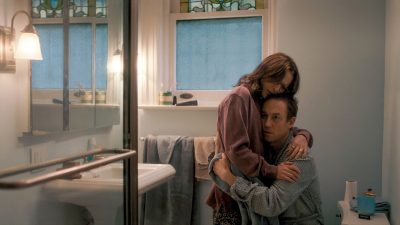

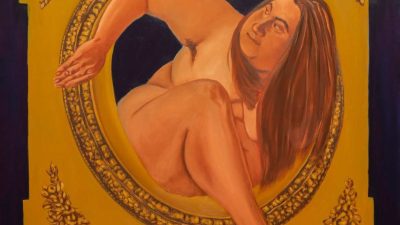
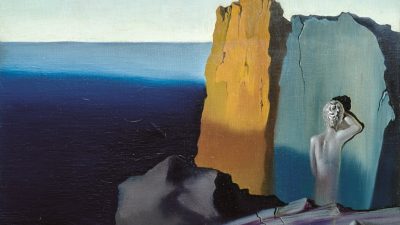



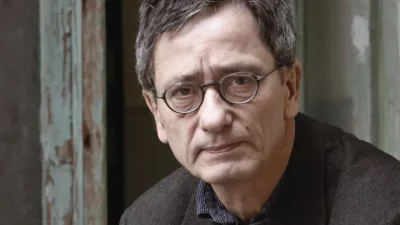



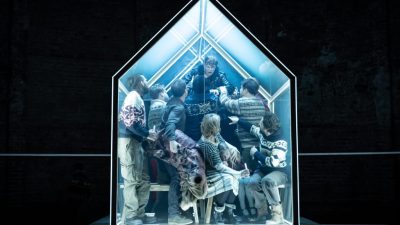









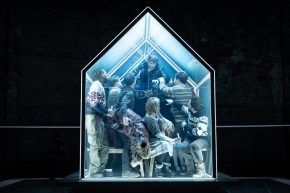


Comments
1 Responses to “This Saturday will be more romantic than Valentine’s Day”